
Why Are Welding Gloves Important for Safety?
Welding is a craft that requires precision and safety, and welding gloves play an essential role in ensuring the safety of those engaged in this profession. In this blog post, we will explore why welding gloves are vital for safety and what you should consider when choosing and using them.
Understanding the Role of Welding Gloves
Welding gloves are specially designed to protect hands from the intense heat and sparks produced during welding. They provide a barrier between the skin and potential hazards, allowing welders to focus on their craft while minimizing the risk of burns and injuries. These gloves are crafted not only for thermal protection but also for safeguarding against electrical shock, UV rays, and abrasions, which are common in welding environments.
The design of welding gloves caters to the primal need for safety in various high-risk environments. The gloves allow for agility and control, which can greatly enhance a welder’s ability to perform precise tasks. Welding gloves come in many materials, including leather from cow, deer, elk, and goats, each providing unique comfort and protection. A fantastic option to consider is Tillman gloves, known for their quality and durability in protecting your hands while you work.
It’s important to not overlook the role of welding gloves as a critical piece of personal protective equipment (PPE). While a welding helmet shields your eyes and face — as explored in our guide on choosing the right welding helmet— welding gloves provide a crucial extra layer of protection for your hands against the heat and UV light produced during welding.
Protection Against Heat and Burns
One of the primary reasons welding gloves are essential is their ability to withstand high temperatures. Made from heat-resistant materials like leather, they provide the necessary insulation to protect against burns. The sparks created during welding can reach up to 600 degrees Fahrenheit. Gloves not only protect against direct contact with these sparks but also help welders handle hot materials safely.
Moreover, some gloves are equipped with extra padding or lining, enhancing their ability to insulate against high heat. This feature is especially beneficial when working with TIG or MIG welders, which are known for generating high heat levels MIG welders specific page showcases more details about tools used in these processes.
Safeguarding Against Sparks and Electrical Shock
Welding creates numerous sparks and can pose electric shock risks. Welding gloves are designed to shield the hands from sparks and reduce the likelihood of electrical injuries, thereby ensuring safer working conditions. The gloves’ non-conductive properties play a vital role in shielding welders from unexpected electrical currents.
The fabric and construction of these gloves are engineered to prevent the penetration of sparks and electrostatic discharge, minimizing the risk of burns or electrical injuries. It’s crucial for welding professionals to select gloves with material specifically rated for electrical insulation to offer optimal protection.
Ensuring a Proper Fit for Maximum Protection
Welding gloves must fit well to provide optimal protection. A snug fit ensures dexterity and control, which is critical when handling welding tools and materials. Poorly-fitted gloves can compromise safety, leading to potential accidents or injuries due to a lack of precision in handling tools.
An ideal pair of gloves will strike a balance between fitting snugly and permitting sufficient flexibility to grasp tools securely. Gloves like Caiman’s range are specifically designed with user comfort in mind, allowing greater movement while offering comprehensive protection against heat and debris. Additionally, you might want to consider Lincoln Electric gloves as they are well known for their quality and ability to provide excellent protection while maintaining comfort and dexterity during welding tasks.
Choosing the Right Material
Different materials offer various levels of protection and comfort. Leather is a popular choice, but understanding the different types, such as cowhide or goatskin, can help welders select the best option for their specific needs. Leather, especially when it’s top grain or split, is known for its durability and fire-resistant properties, pivotal when working around sparks and intense heat.
The choice of material also affects how protective equipment handles temperature extremes and electric conductivity. Some gloves include an innovative Kontour™ design, ensuring maximum comfort and durability, crucial factors for prolonged use in various welding scenarios.
Incorporating additional protective gear, such as Tillman or Lincoln gloves available at Weld Shop Supply, ensures welders are well-equipped for any job. The right gloves not only enhance safety but also improve job performance by providing reliable hand protection.
The Longevity of Welding Safety
In conclusion, welding gloves are a crucial part of a welder’s safety gear. By offering protection against heat, sparks, and burns, they enable safer and more efficient work. With the right fit and material, welding gloves ensure both safety and comfort, making them indispensable in the welding process.





















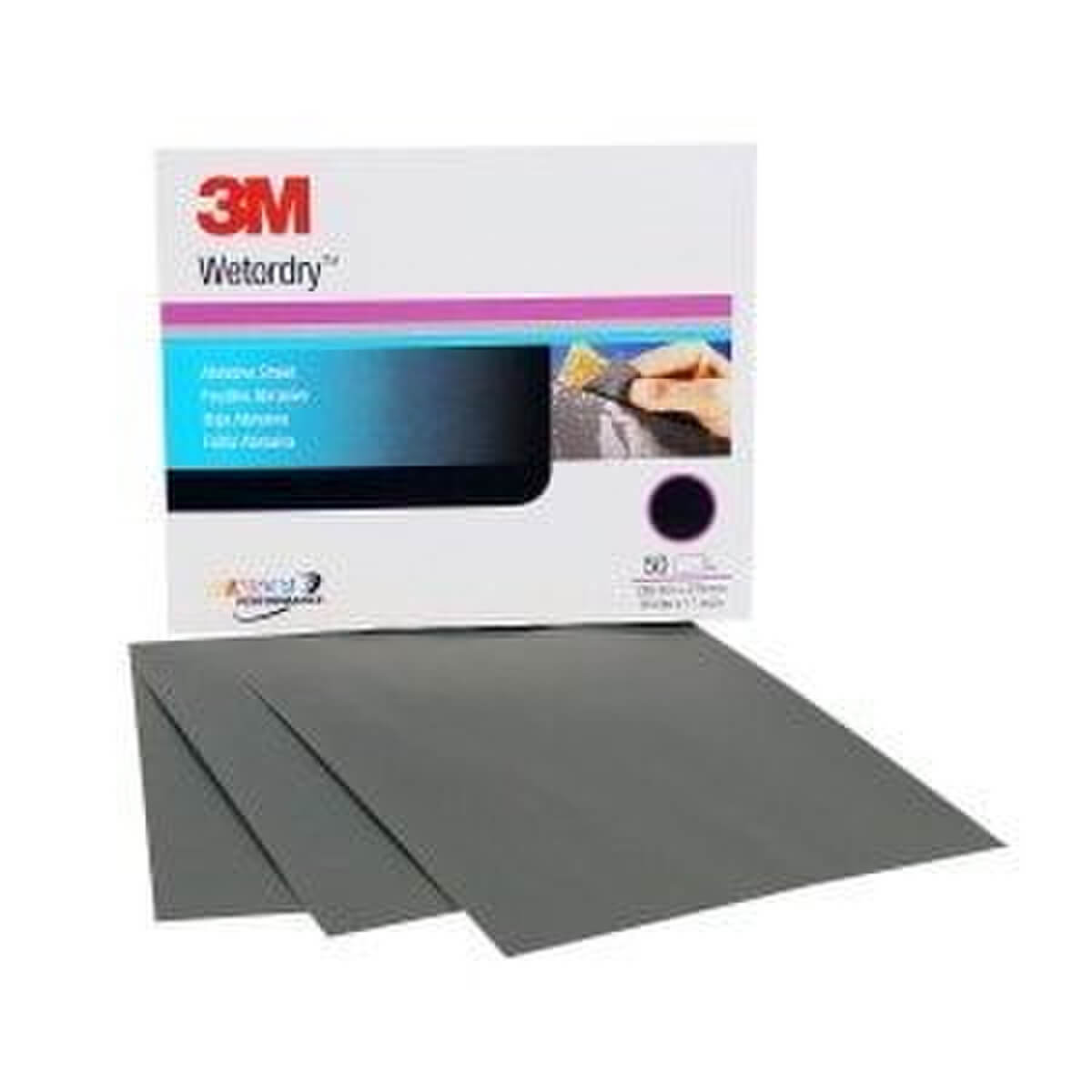








































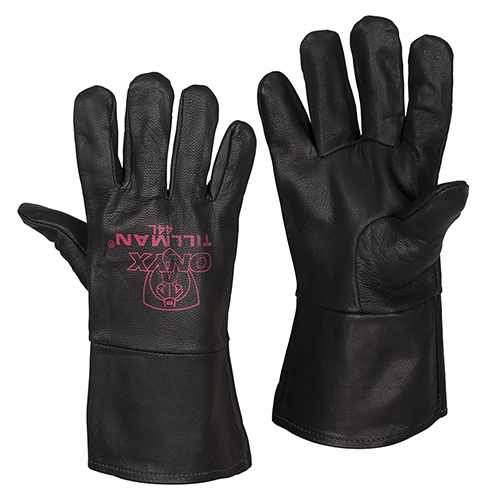
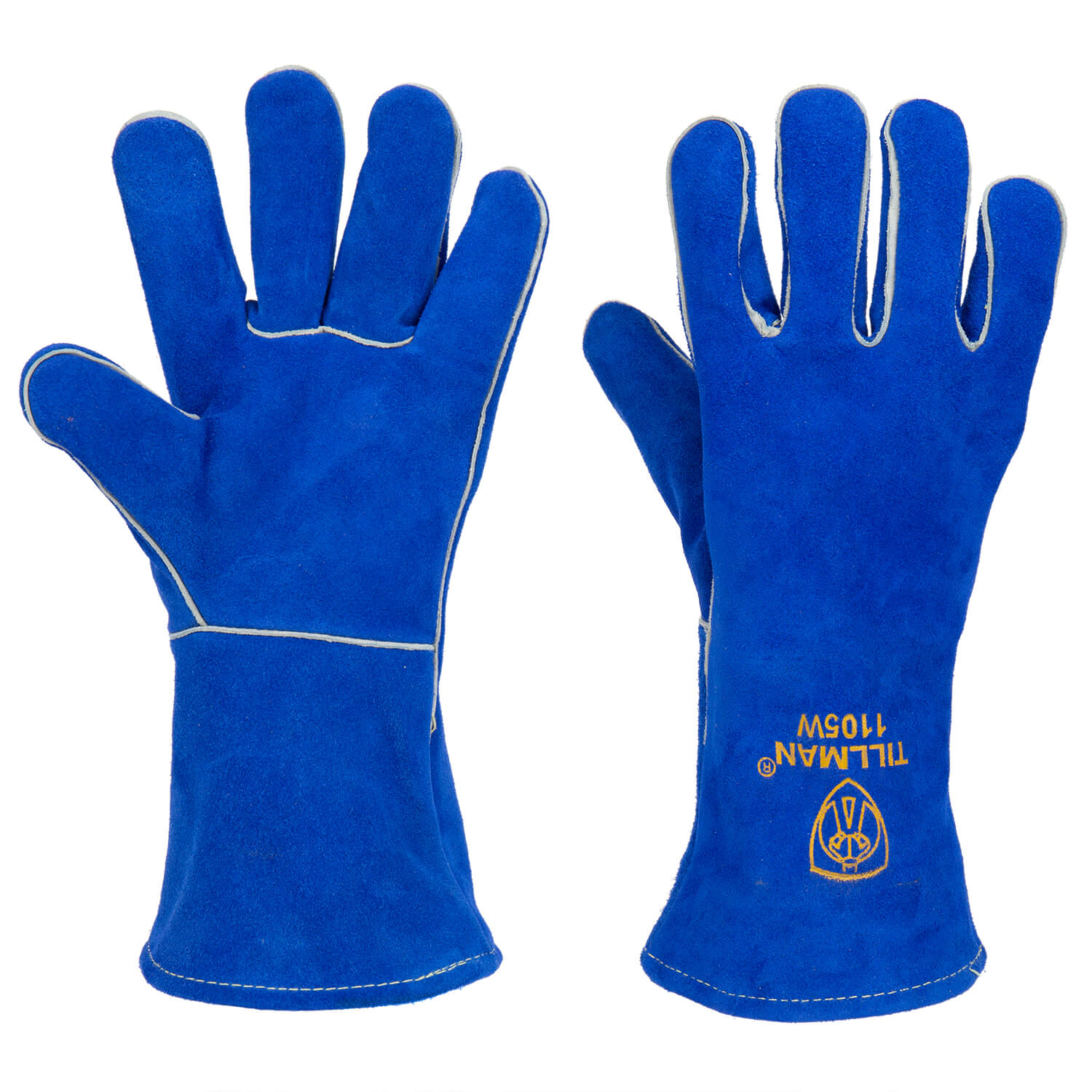

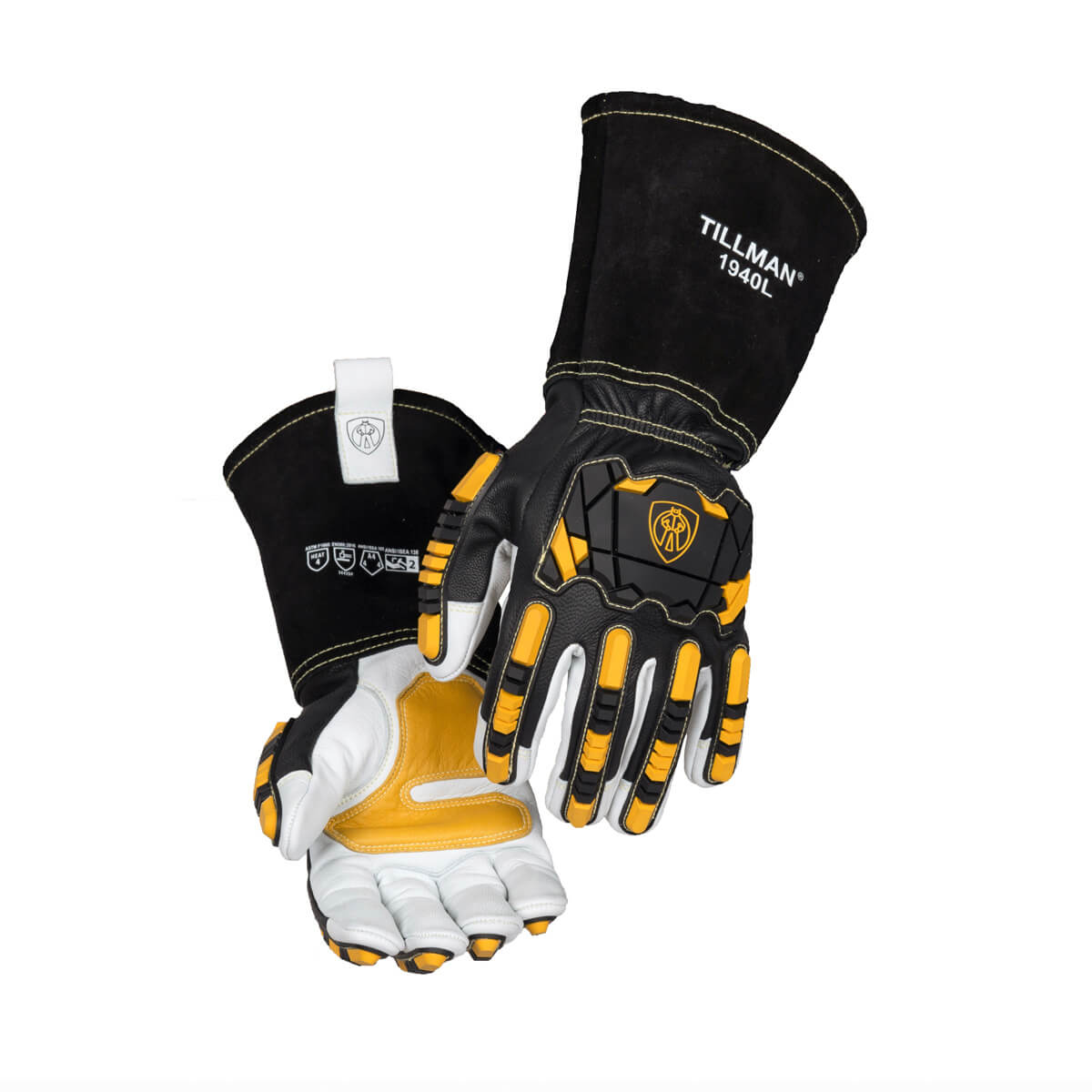











































































































































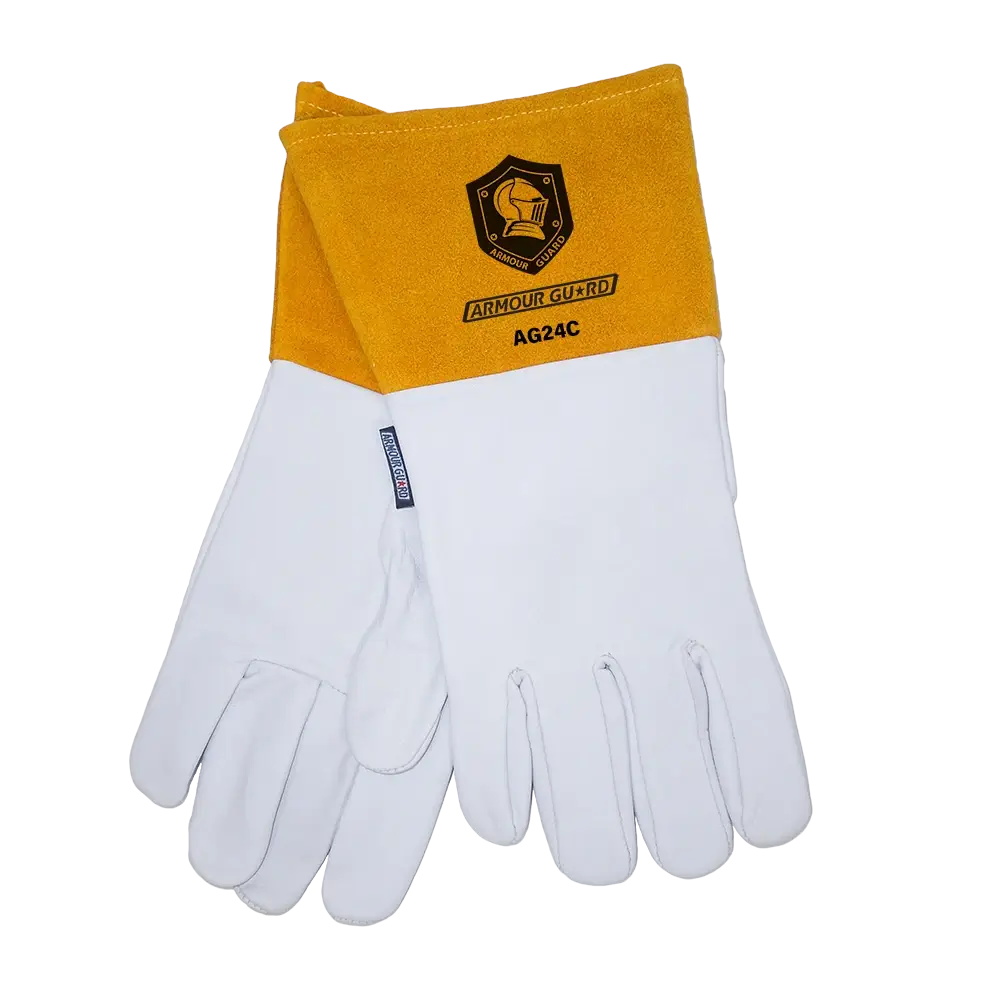
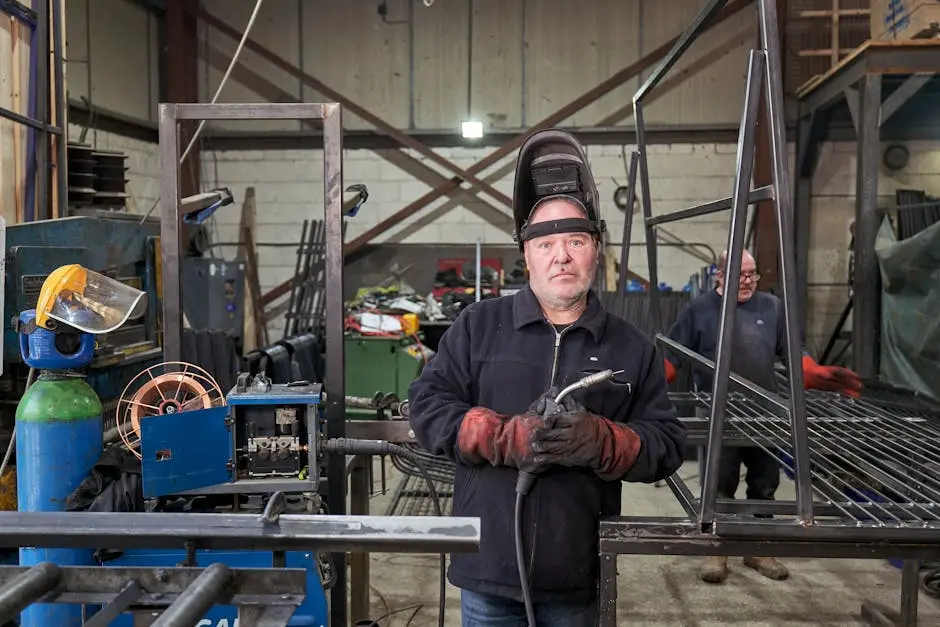
Leave a comment